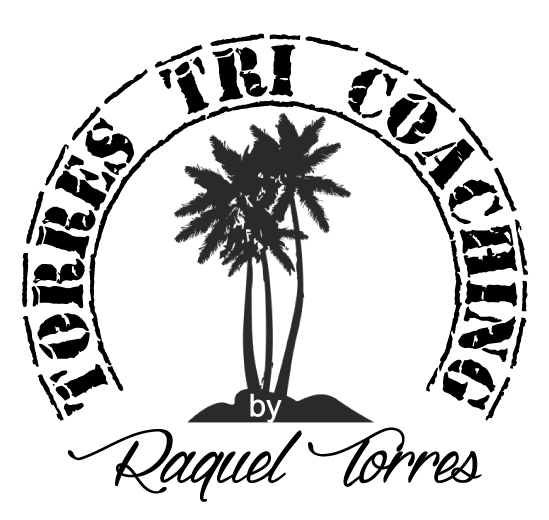IRONMAN Mont-Tremblant | 2019
The full-distance IRONMAN Mont-Tremblant triathlon, which has been discontinued after the 2023 edition, took place in Canada.
This epic journey begins with a 3.8 km swim in the clean water of Lac Tremblant, situated between mountain ridges, that leave athletes feeling refreshed before the 180 km rolling cruise on closed roads.
The out-and-back 42 km is shaded, chiefly with smooth rollers that ended with an unforgettable fanfare finish in the heart of the Mont-Tremblant Village.
This was my second full Ironman attempt. My first full Ironman distance was in 2018 at IM Louisville.
From 2013 to 2018, year by year, I regularly raced as pro after frequently receiving calls from the Dominican Rep. Federation requesting that I represent the DR in the ITU Elite Olympic Games Circuit; during those years, feeling honored by all these invitations and with the support of my organic sponsors, my team Athletic Mentors and my coach, Coach Mark Olson, I did around 20 ITU International triathlons worldwide.
Particularly in 2018 and 2019 (where I did two full Ironmans), I competed as an elite in around five ITU International races (several countries, some of them: Canada, Mexico, and the Dominican Republic) while also racing locally in Michigan and Virginia. I also did 2018 and 2019 a couple of Ironman 70.3 (Hawaii & San Diego, California). I was also working full-time.
By doing this event, the goal was to train smart, learn about the distance, and do my best in everything with the tools I had available.
It was a challenge to train for the distance. I did most long rides on the trainer (indoor), many long runs outdoors, and sometimes on the treadmill. I remember I put some time into strength training.
Furthermore, I flew to Canada three days before the event. I sent my bike with Tri Bike Transport. This company provided a service that facilitated the shipping of triathlon bikes to and from races. It is convenient for triathletes to transport their bikes, ensuring they arrive in good condition and are ready for competition next to the transition.
I rented a car and stayed in an Airbnb with other athletes.
Race day:
On race morning, I woke up at 4:00 a.m. and drove to be closer to transition. The swim start was a 1 km walk from transition one. I remember like a river of excited and nervous humans walking on wetsuits towards the swim start point; the energy felt strong.
Swim:
The swim was a clear lake one-loop course.
Water temperatures were around 60-71.5°F (21.9°C) below the pro wetsuit cutoff.
Bike:
The bike course was 112 miles (180 km) and had a significant elevation gain of approximately 6,479 feet (1,970 meters).
The course was characterized by rolling hills, with a mix of uphill and downhill sections.
Some steeper climbs, particularly in the final 10 miles.
Run:
The run was 26.22 miles (42.2 km) and was a rolling course with elevation changes.
Mostly on paved trails.
Included a short climb just before the finish line, followed by a downhill on cobbled streets.
How it went, and what I learned:
The swim went very smoothly, and I loved that lake. 😍
The Bike: For this event, I did almost 90% of the bike training indoors because I was swamped with coaching and parenting. It was a convenient way to save time and be at home with my daughter.
This bike course was very hilly, and I was trying to get my nutrition. After the first half of the ride, I started feeling dizzy, nauseous, and vomiting. I began to feel very weak, but at that point, I thought, “Raquel, you need to cross that finish line one way or the other.” I was severely sick by the end of the ride.
Even though the trainer is convenient, I learned that we should always practice riding outdoors with the same race-day nutrition.
The Run: I could not run even the first 10 km during the marathon. I was very dehydrated and debilitated. I needed to stop, wanted to drink, but I was not taking anything. The paramedics saw me and brought me to the medical tent. My blood pressure was very low; they told me I wouldn’t be able to continue. I replied “no way” and thought: after all the sacrifices, training, and effort to be here, I need to finish.
I stayed in the medical tent for about an hour until my blood pressure improved. A paramedic and other athletes in similar conditions walked with me for the next hour, making walking less painful.
Ultimately, I was very content that I didn’t give up and thankful that I completed the Ironman without any other major issues. It gave me confidence in my long-lasting, consistent discipline and willpower.
“Patience, persistence and perspiration make an unbeatable combination for success”




